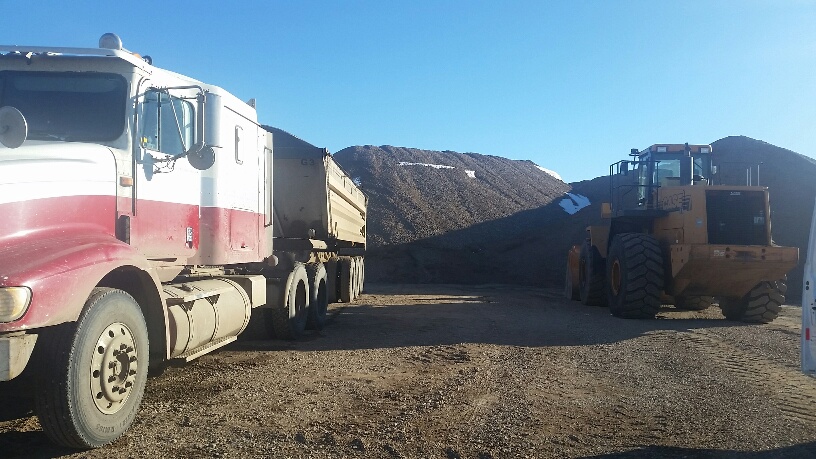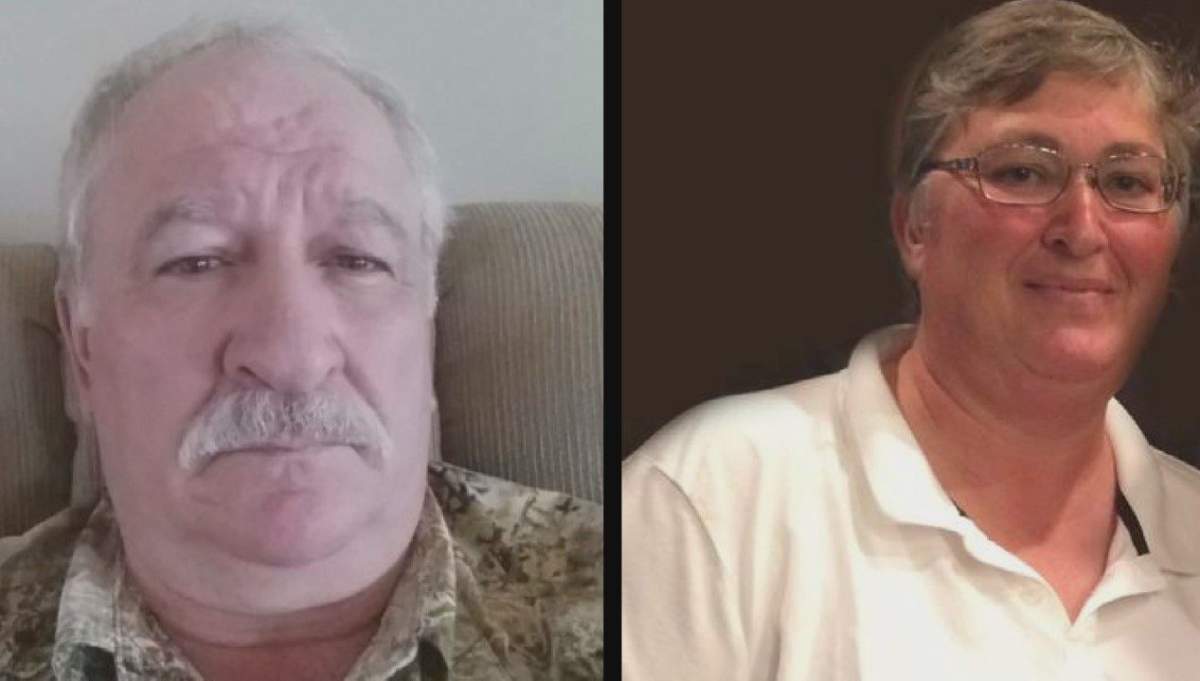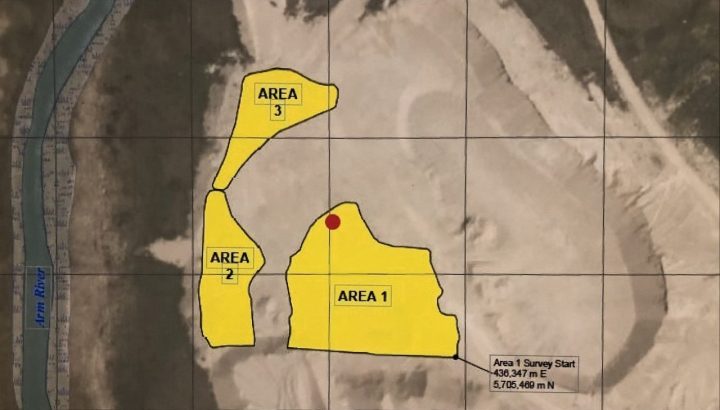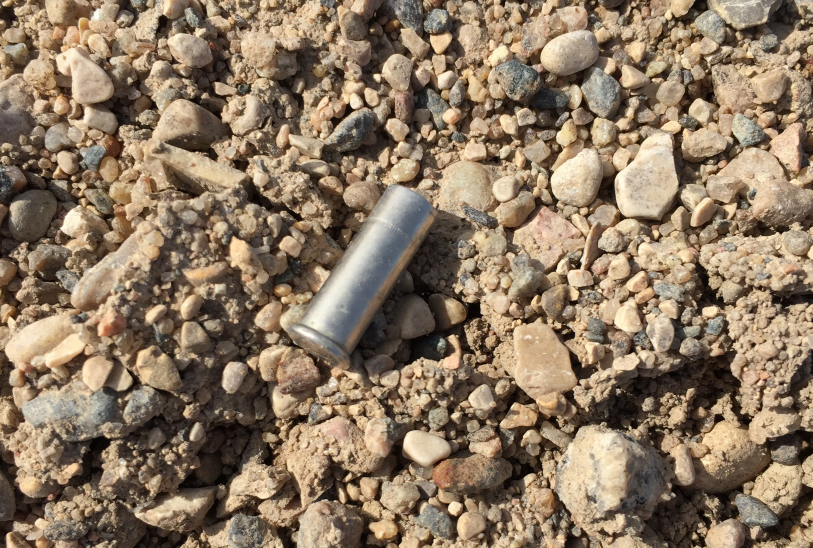The Greg Fertuck murder trial has heard of the RCMP’s numerous attempts to find Sheree Fertuck’s body, including using ground-penetrating radar.

In May 2020, Greg Fertuck’s former common-law partner told police that Greg Fertuck claimed to have used a “machine” to bury his estranged wife’s body at a gravel pit.
The RCMP contacted a forensic anthropologist who recommended using ground-penetrating radar at the site. Officers were told the technology could be used to scan flat areas around piles of gravel according to testimony from Const. Robert Head.
“If even if the ground was put back over (a body), using the ground-penetrating radar, they would see the excavation marks in the dirt,” Head said.
Court heard the piles of gravel had been moved around since Sheree’s disappearance on Dec. 7,2015, from the area east of Kenaston, Sask., which is about 85 km south of Saskatoon.
A seven-hour search effort revealed six “anomalies” at the pit, including one area of interest that could have been a burial site. Crews brought in a tractor to dig into the earth.
“They searched down approximately five feet and they did not discover anything of relevance in regards to this investigation,” Head said.
The officer said rocks, boulders and other insignificant items could also be responsible for anomalies.
Cpl. Ronald Degooijer, the RCMP’s search coordinator following the undercover investigation, also testified, saying he concluded Greg Fertuck could not have dug a hole in an open area of the pit due to frost in the ground.
In the spring of 2016, officers conducted a shoulder-to-shoulder search of the gravel pit. Their examination revealed two .22 calibre shell casings, which the Crown contends were from the Ruger 10/22 rifle used to shoot Sheree.
While Head was on the stand, Crown prosecutor Cory Bliss operated GPS software to plot the casing locations on a map. He then showed the tracked movements of the vehicle Greg Fertuck rode in on the day he led undercover officers to the pit.

Get daily National news
Greg Fertuck led RCMP officers to a location near the area where police previously found the two casings. At the time, he didn’t know police found any casings.
An RCMP forensics report determined the two casings were shot from the same rifle, but was inconclusive as to whether they matched casings taken from Greg Fertuck’s home.
His trip to the pit came on June 21, 2019 – the same day he told an undercover officer posing as a crime boss that he shot Sheree twice, loaded her body into the back of his pickup truck and drove it from the pit to a nearby bluff of poplar trees. He said he covered Sheree’s body with some logs in the wooded area.
Greg Fertuck was arrested on June 24, 2019, and charged with first-degree murder and offering an indignity to a body.
Within days of Greg Fertuck’s arrest, officers used a police dog to search for Sheree’s body, beginning with the area the accused identified. The following month, officers walked through the surrounding area.
In May 2020, police used eight quads to search an expanded area for the body.
- Judge rules proposed Alberta separation referendum would be unconstitutional
- ‘Cocaine lawyer’ for Ryan Wedding has legal licence suspended in Ontario
- Derek Chauvin, officer convicted of George Floyd’s murder, wants new trial
- Suspect arrested, charged over D.C. pipe bombs planted before Jan. 6 attack
Sheree’s body is still missing, along with the rifle police believe Greg Fertuck used.
Court also heard testimony of a piece of denim found in gravel crushing equipment in August 2019. A father and son had been crushing gravel at the pit where Sheree is believed to have gone missing.
During cross-examination by defence lawyer Mike Nolin, Head said the denim didn’t match what Sheree was wearing on the day she went missing. Nolin suggested that Sheree’s brother, Darren Sorotski, said she was wearing a denim shirt that day.
Nolin asked if there was a stain on the denim, and the witness said he only remembered it being “old and tattered.”
All of the Crown’s evidence over the course of nearly eight weeks has been entered in a voir dire. Justice Richard Danyliuk has not yet ruled on how much of the Crown’s case will be admissible at the judge-alone trial.
The Crown is expected to close its case on Thursday.
















Comments